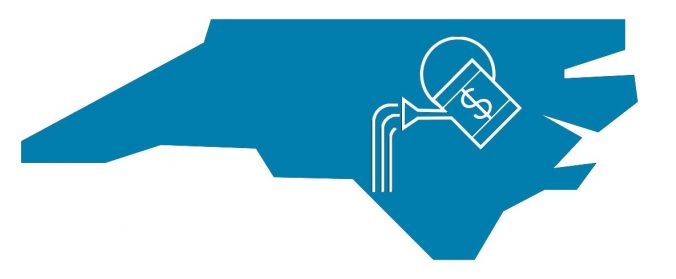
Attention all North Carolinian water and wastewater systems: the State Water Infrastructure Authority announced that $168.5 million in water and wastewater funding will be available this upcoming fall.
In response to this announcement, the North Carolina Department of Environmental Quality: Division of Water Infrastructure held application-training workshops across the state of North Carolina in August. Here are some tips and takeaways learned from the training.
The division has several funding programs, including the Drinking and Clean Water State Revolving Fund, Community Development Block Grant- Infrastructure, State Wastewater and Drinking Water Reserve, Merger/Regionalization Feasibility (MRF) Grant, and Asset Inventory and Assessment (AIA) Grant. When applying for NC water and wastewater funding programs, the division assesses the application, considers the circumstances, and best matches the application to the funding program; this may even involve combining funds from different programs.
The division is able to do this because most applications have common forms. It is important to note that some programs have additional program-specific forms that must be included with the application. However, only one application is needed if applying to multiple programs.
From last year, there are a few important changes to note within the application process:
1. The division is now reviewing past applications that were not funded in previous rounds.
No additional information can be added to applications and a completely new application must be submitted if additional information is added.
2. Financial Information and Fund Transfer Certification forms are now combined.
Within the “additional form” section of the application, the Financial Information and Fund Transfer Certification forms have been merged. The combined form requests similar information to the LGC-108C form.
3. LGC-108A and -108C forms are not needed at the beginning of the application process.
When applying, LGC-108A and -108C forms are not needed immediately but rather are requested later in the application process.
4. There is a new form: Affordability Criteria Information.
Not all steps within the form are applicable to all programs but nonetheless, it must be completed. The LGC-129 is part of this new form as well.
Some other tips learned from the workshop:
5. Talk to the division.
Priority points are a huge part of the application process, as all projects are ranked and placed on the priority list. This can ultimately determine project awarding. There are four categories that factor into priority points, two of which are project purpose and project benefits. A project purpose is a primary reason why the project is being completed; all parts of the project must meet this purpose. On the other hand, project benefits are awarded if the project provides an additional outside advantage.
Additional information will not be requested, therefore all documentation needed for claiming priority points must be submitted with the application. If supplemental documentation is not provided, points will likely not be awarded. Also, note that priority point rating and guidance sheets vary for each funding program.
6. For an SRF, the bigger the better.
The SRF program is usually best for large projects; it is also a great time to apply as the division has a high amount of funding. Caps can even be exceeded if funds are available.
7. Don’t be a broken record.
Do not repeat answers to open-ended questions, but rather provide a response that will be useful in distinguishing one system from the next. This is also applicable to assistance providers filling out multiple applications; do not provide the same response from application to application.
8. Be timely.
Deadlines for the CWSRF, DWSRF, State Reserve Program, and CDBG-I are at the end of September. Happy applying!
For more information on applying for NC water and wastewater funding programs, see the presentation slides from the training here.

